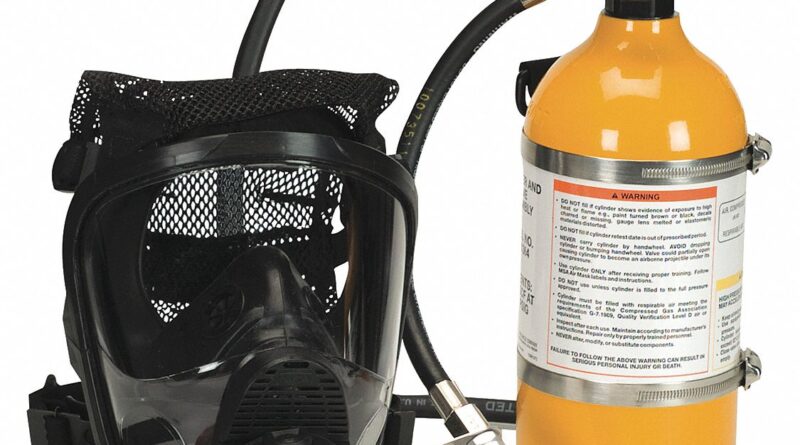Air Respirators: A Comprehensive Guide
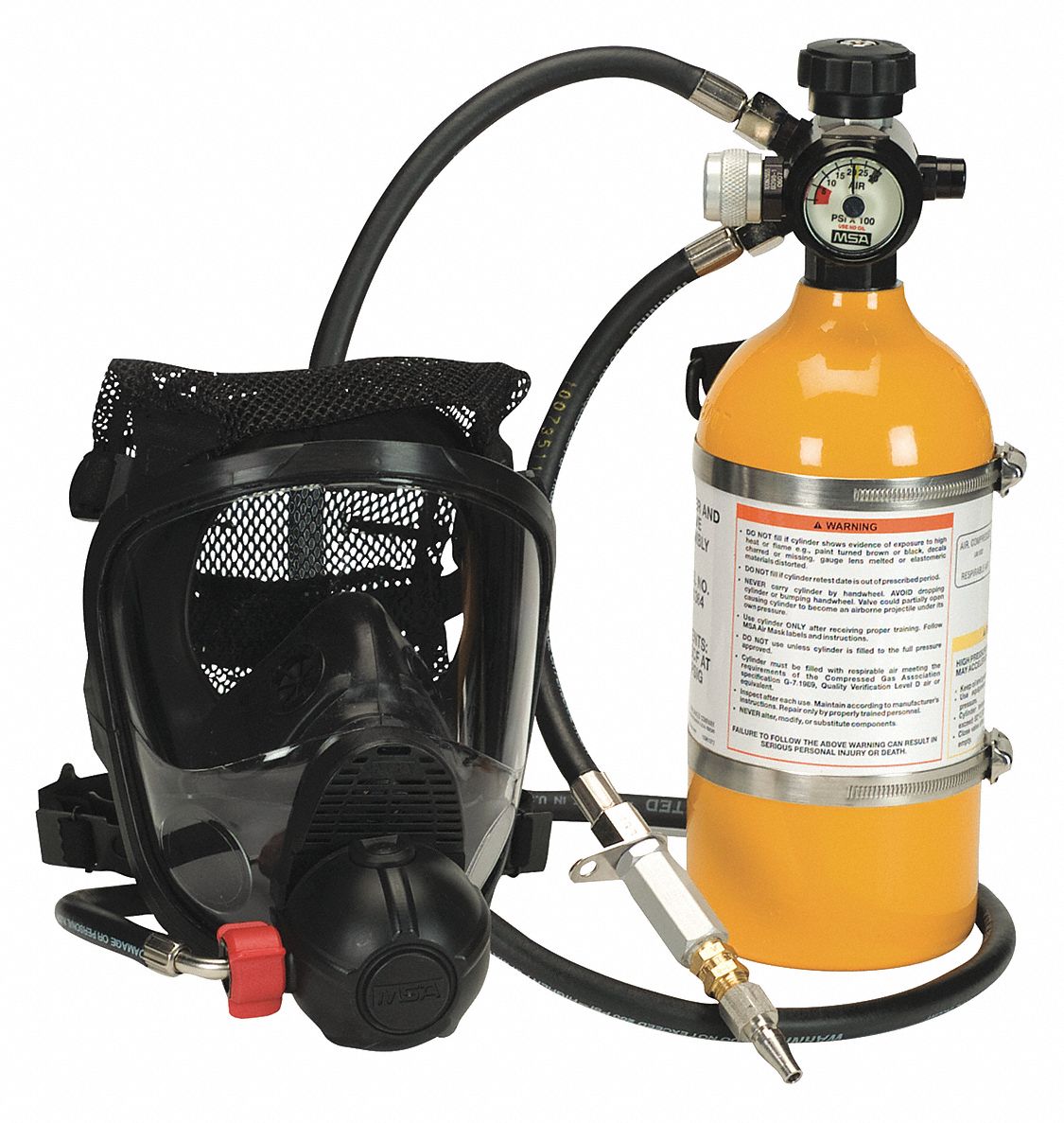
Air Respirators: A Comprehensive Guide
Air respirators are essential safety devices used in various industries and hazardous environments to protect individuals from inhaling harmful contaminants, such as dust, fumes, gases, and vapors. They provide a clean and breathable air supply, allowing users to work safely in environments where the air quality is compromised.
Types of Air Respirators
Air respirators are classified into two main types based on their air supply source:
1. Supplied-Air Respirators (SARs)
SARs rely on an external air source, typically compressed air or oxygen, which is supplied through a hose or tube. They offer a continuous flow of clean air, making them suitable for extended use in highly contaminated environments.
2. Self-Contained Breathing Apparatus (SCBA)
SCBAs carry their own air supply, usually in the form of compressed air or oxygen cylinders. They provide complete respiratory protection and are used in situations where there is no external air source available or when the air quality is immediately dangerous to life or health (IDLH).
Selection of Air Respirators
Choosing the appropriate air respirator depends on several factors, including:
- Hazard Assessment: Identify the specific contaminants present in the work environment and their concentrations.
- Work Duration: Consider the length of time the respirator will be used.
- Mobility: Determine if the respirator needs to be portable or fixed.
- Comfort and Fit: Ensure the respirator fits comfortably and securely to prevent leaks.
- Maintenance and Training: Assess the availability of resources for regular maintenance and user training.
Components of Air Respirators
Air respirators typically consist of the following components:
- Facepiece: Covers the user’s nose and mouth, providing a seal to prevent contaminated air from entering.
- Air Supply: Provides a source of clean air, either through a hose or cylinders.
- Regulator: Controls the flow of air to the facepiece.
- Filters: Remove contaminants from the air supply.
- Alarms: Alert the user to low air pressure or other malfunctions.
Types of Facepiece Respirators
Facepiece respirators are classified based on their coverage:
- Half-Face Respirators: Cover the nose and mouth, leaving the eyes exposed.
- Full-Face Respirators: Cover the entire face, including the eyes.
- Powered Air-Purifying Respirators (PAPRs): Use a battery-powered fan to circulate filtered air within a hood or helmet.
Standards and Regulations
Air respirators must meet specific standards and regulations to ensure their safety and effectiveness. These include:
- National Institute for Occupational Safety and Health (NIOSH): Certifies air respirators for use in the United States.
- Occupational Safety and Health Administration (OSHA): Enforces regulations on the use of air respirators in workplaces.
- International Organization for Standardization (ISO): Develops international standards for air respirators.
Use and Maintenance of Air Respirators
Proper use and maintenance of air respirators are crucial for their effectiveness and safety:
- Fit Testing: Ensure the respirator fits properly to prevent leaks.
- Inspection: Regularly inspect the respirator for damage or defects.
- Cleaning and Disinfection: Clean and disinfect the respirator after each use to prevent contamination.
- Maintenance: Follow manufacturer’s instructions for regular maintenance, including filter replacement.
- Training: Train users on the proper use, maintenance, and limitations of the respirator.
Limitations of Air Respirators
While air respirators provide effective respiratory protection, they have certain limitations:
- Limited Duration: SCBAs have a finite air supply, limiting their use duration.
- Physical Burden: Wearing a respirator can be physically demanding, especially for extended periods.
- Heat Stress: Respirators can trap heat and moisture, leading to heat stress.
- Communication Difficulties: Full-face respirators can hinder communication.
- Psychological Effects: Wearing a respirator can create a sense of isolation or claustrophobia.
Conclusion
Air respirators are essential safety devices that protect individuals from harmful contaminants in hazardous environments. By understanding the different types, components, and limitations of air respirators, users can select and use them effectively to ensure their safety and well-being. Proper use, maintenance, and training are crucial to maximize the effectiveness and safety of air respirators.
5 Best Air Respirators for Enhanced Respiratory Protection
Air respirators are essential safety devices that protect individuals from inhaling hazardous substances in the air. They are widely used in various industries, including construction, mining, manufacturing, and healthcare. Choosing the right air respirator is crucial for ensuring optimal protection and comfort. Here are the top 5 air respirators that offer exceptional performance and reliability:
1. 3M 6200 Half-Face Respirator
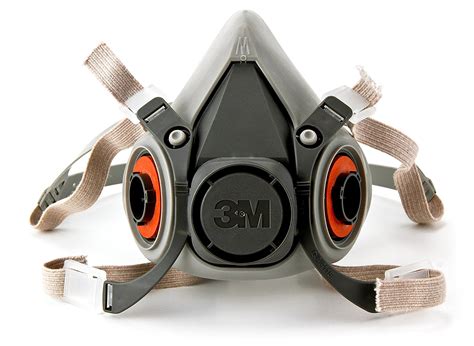
The 3M 6200 Half-Face Respirator is a versatile and comfortable option for protection against a wide range of airborne contaminants. It features a lightweight design, a soft silicone face seal, and a dual-cartridge system that allows for customization based on specific hazards.
2. MSA Advantage 200 LS Half-Face Respirator
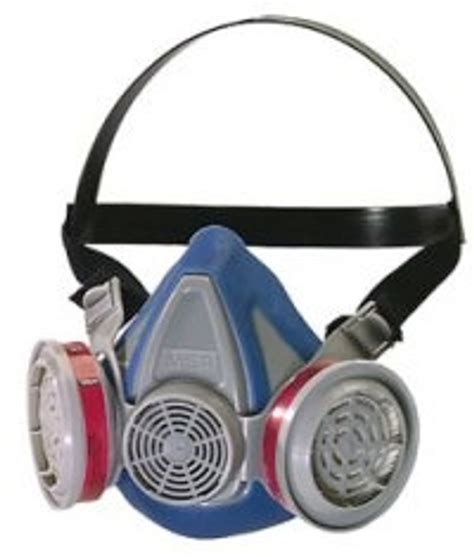
The MSA Advantage 200 LS Half-Face Respirator is known for its durability and ease of use. It has a rugged construction, a low-profile design, and a large field of vision. The respirator’s bayonet-style cartridge connection ensures a secure and reliable fit.
3. Honeywell North 7600 Series Full-Face Respirator
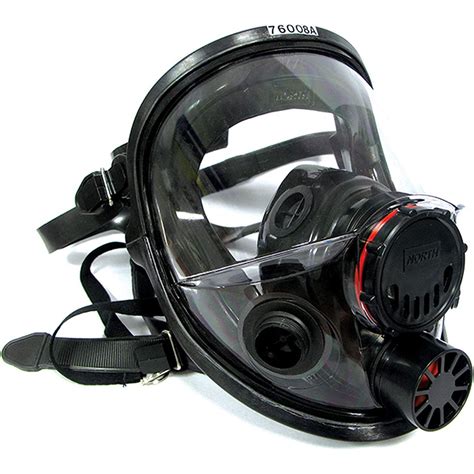
The Honeywell North 7600 Series Full-Face Respirator provides comprehensive protection for the entire face. It features a wide panoramic lens, a comfortable head harness, and a low-resistance exhalation valve. The respirator is available in a variety of configurations to meet specific needs.
4. GVS Elipse P100 Half-Mask Respirator
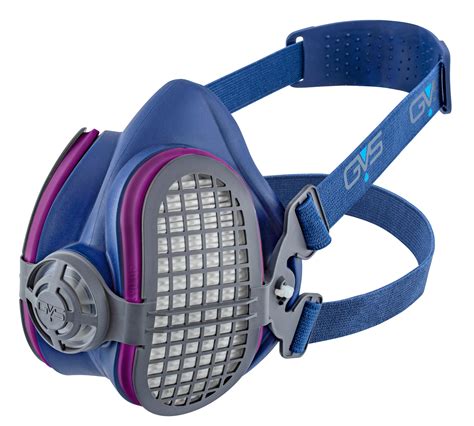
The GVS Elipse P100 Half-Mask Respirator is a high-performance option for protection against fine particles and aerosols. It has a unique elliptical shape that provides a secure and comfortable fit. The respirator’s P100 filters offer the highest level of protection against particulate matter.
5. Moldex 2200 Series N95 Disposable Respirator
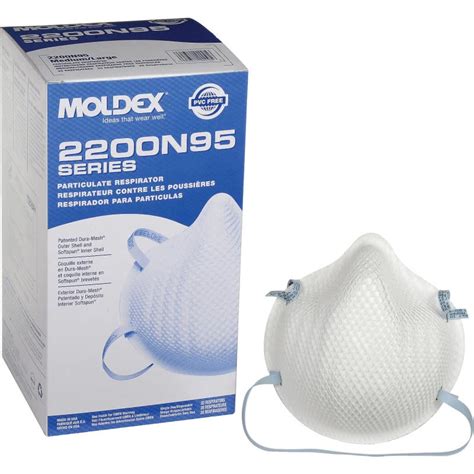
The Moldex 2200 Series N95 Disposable Respirator is a cost-effective and convenient option for protection against non-oil-based particles. It has a lightweight design, a soft inner seal, and a comfortable nose bridge. The respirator is disposable, making it easy to maintain and replace.
